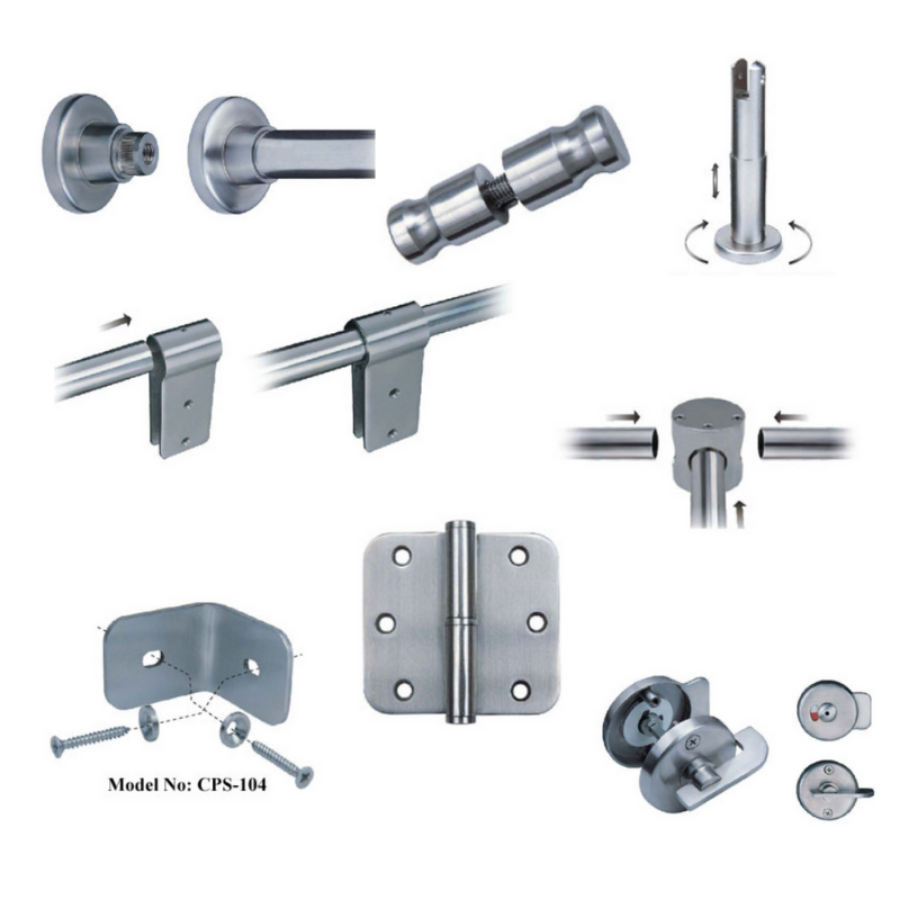According to the report of the Physicist Organization Network on May 16 (Beijing Time), the Cesis Institute of Optics and Technology in Spain successfully developed a hybrid photodetector with graphene-bonded quantum dots, with a sensitivity of one billion times that of its equivalent detector. . The researchers pointed out that this research predicts new applications of graphene in the field of optical sensors and solar cells. Related papers were published in the latest issue of Nature Nanotechnology.
Graphene has great potential in optoelectronics and photodetection applications. It has the advantages of wide spectral bandwidth and rapid response. However, its disadvantage is that its light absorption ability is weak, and it lacks the gain mechanism that generates multiple charge carriers. The current graphene photodetector responsivity (the output current of a certain wavelength of light under the incident power) is below 0.01 A/W.
The researchers explained that what is needed is a way to force more light to be absorbed, and the efficiency with which graphene absorbs light is only 3%. In order to increase light absorption, they turned to quantum dots. Quantum dots are nanocrystals that absorb different wavelengths of light according to their size. Essentially, a photodetector is a device that converts a small amount of light into a tiny current. It determines how much light enters the device by detecting the current, or uses that current directly to produce other reactions, such as assisting in the generation of photographic images.
To make a photodetector, the team first stripped off a layer of graphene as a negative film using a standard tape method, printed a tiny gold electrode on top of it with nano-imprinting, and sprayed a lead sulfide crystal on it with a spray bottle. These colloidal crystals contain particles of various sizes and absorb almost all wavelengths of light. They use different wavelengths of light to illuminate the detector and detect its resistance and power.
When manufacturing quantum dots, it is necessary to ensure that ligand exchange between the quantum dots and graphene is maximized. The greatest difficulty is to find a suitable combination of materials. The researchers said that after several trials, they finally achieved an internal quantum efficiency of 25%. In the detector, the light in the quantum dot layer is strong and tunable, and the generated charge is conducted to the graphene. At this time, the current is repeatedly patrolled and the responsivity reaches 107 A/W.
The researchers also pointed out that based on this type of photodetector, more new devices can be created, such as digital cameras, night vision goggles and many other sensor devices. (Reporter Chang Lijun)
Washroom Cubicle And Partition Fittings
Commercial Washrooms, we supply full toilet cubicle hardware packs that include all the necessary parts to do this. Both individual fittings and our full cubicle hardware packs are available in a variety of styles and finishes
We have fittings for all types of cubicles, including ambulant disabled cubicles, glass cubicles, and those with flush fitting doors. You can find locks, hinges, headrails, angle brackets, and fixing clamps along with all the other fittings you may need in our product range.

Washroom Cubicle Fittings,Washroom Partition Fittings,Toilet Cubicle Fittings,Toilet Cubicle Hinges
Leader Hardware Manufacturer Limited , https://www.leaderhardwarecn.com